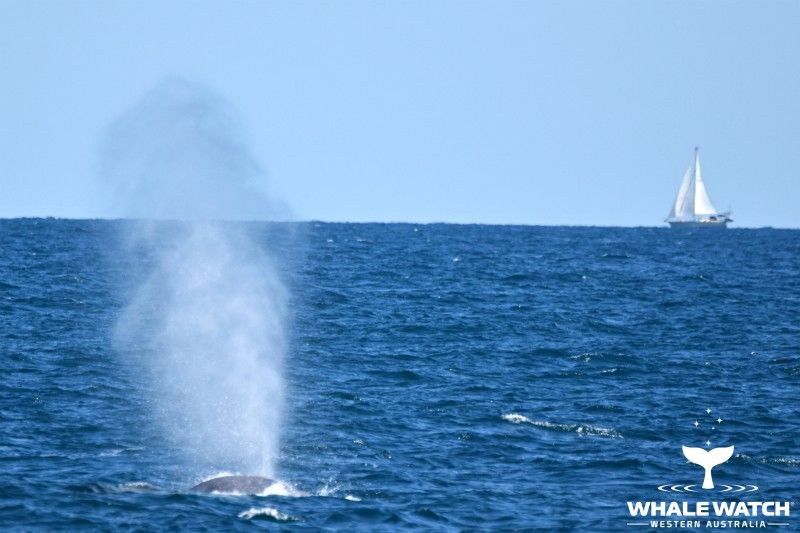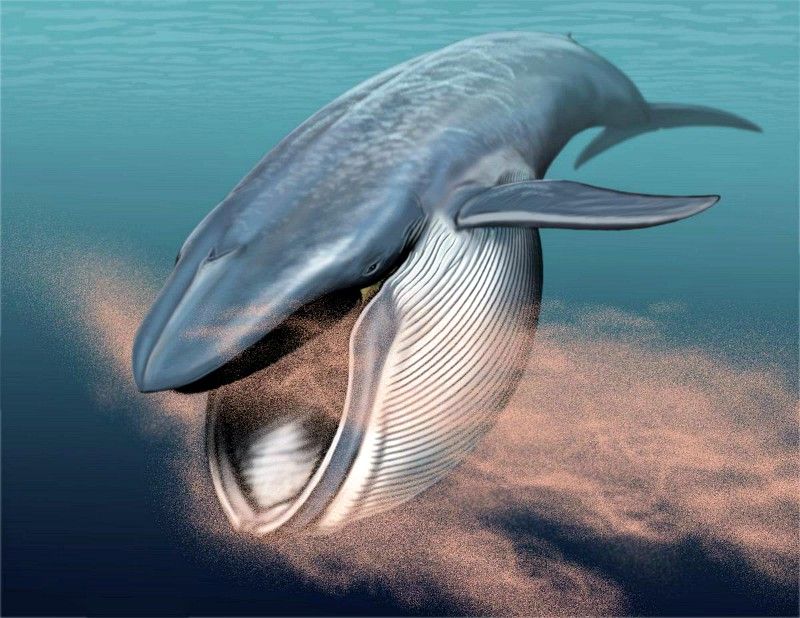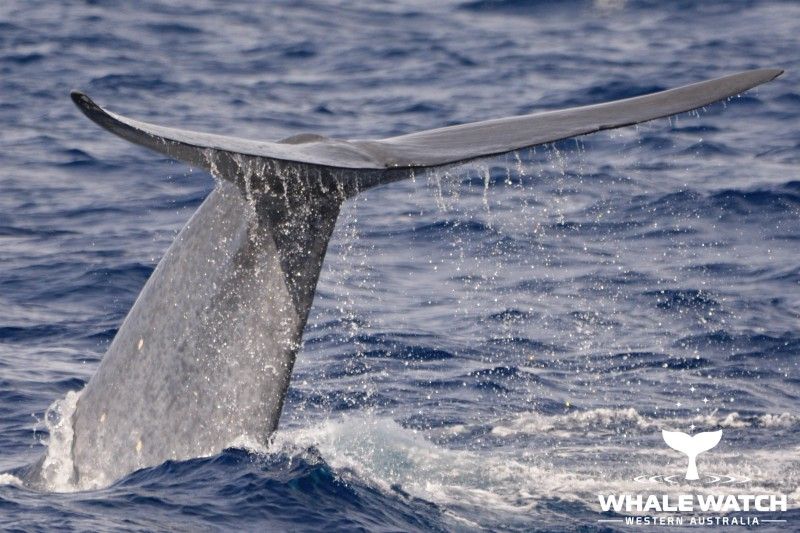The largest creature to have ever lived on our planet has the most extraordinary anatomy one could imagine. Every structure is mammoth and designed for the Blue Whale to achieve incredible feats for an individual of their size. Learning about the anatomy of the Blue Whale enables us to better understand and appreciate the beauty of the Blue and their larger than life way of living!
Blue Whale Heart
Weighing in at 200+ kilograms the heart of a Blue Whale is enormous and the largest heart of any creature on the planet. Four arteries are large enough for a small person to fit through and pump over 1,000 litres of blood. The heartbeat of a Blue Whale can be heard over four kilometres away, pumping between 3-12 beats per minute depending on energy expenditure.

Blue Whale Lungs
A lung capacity of up to five thousand litres and an exhalation that reaches speeds of over 600 kilometres per hour means sighting the blow of a Blue Whale is unmistakable. Exhaling 90% of their lung capacity, the Blue Whale will surface to breath every 8-12 minutes in the Perth Canyon when feeding. Having the ability to hold their breathe for up to one hour is not just due to the size of their lungs but more importantly the ability to store oxygen in red blood cells.

Blue Whale Liver
Weighing in at over one tonne and averaging about 10% of the weight of the individual, the Blue Whale liver is located in a very similar area to humans next to the stomach. High in oil and vitamin A the Blue Whale liver is unique and also has the ability to store bile within the liver system.
Blue Whale Intestines
Stretching out at over 200 meters the intestines of a Blue Whale process their preferred food source, krill. Consuming over 1-2 tonnes of krill per day in the Perth Canyon means whale poo is inevitable. Fertilising our seabeds and the ecosystems they are visiting, the health of our coastlines are forever indebted to our whales and the power of whale poo!

Blue Whale Brain
Highly complex but only relatively small in comparison to their size, the Blue Whale brain weighs in at approximately 5 kilograms. The largest brain in the would belongs to the Sperm Whale which weighs in at over 6 kilograms and is larger due to the more complex social structures.
Blue Whale Tongue
The tongue of a Blue Whale is usually around 2 tonnes in weight… enormous! A huge feature of the Blue, it assists in feeding by enabling the tongue to control water flow and trap food in the baleen when filter feeding on krill. Due to the high oil content in the tongue of many baleen whales it is a preferred food source of predators like Orca who seek out the tongue and lips.

Blue Whale Eye
The size of a very large grapefruit and lacking eyelashes, the eye of a Blue Whale is not used as its main sense. Vision is good but limited especially when diving to depths and into darkness or in unclear water environments. Although they may not have eyelashes their eyes are still protected thanks to a thick oily liquid that bathes the eye and removes any irritants.
Blue Whale Size
Bigger than any dinosaur to have ever lived, the Blue Whale averages 22-30 meters in length with a body weight of 90-120 tonnes! The flukes of a Blue Whale can be up to seven meters wide and the muscle running from the dorsal fin to fluke is known as the peduncle, it is the most powerful muscle in the entire animal kingdom. Nothing in the world compares to the size of a Blue and they easily break records on many different elements of the anatomy of a Blue Whale.







